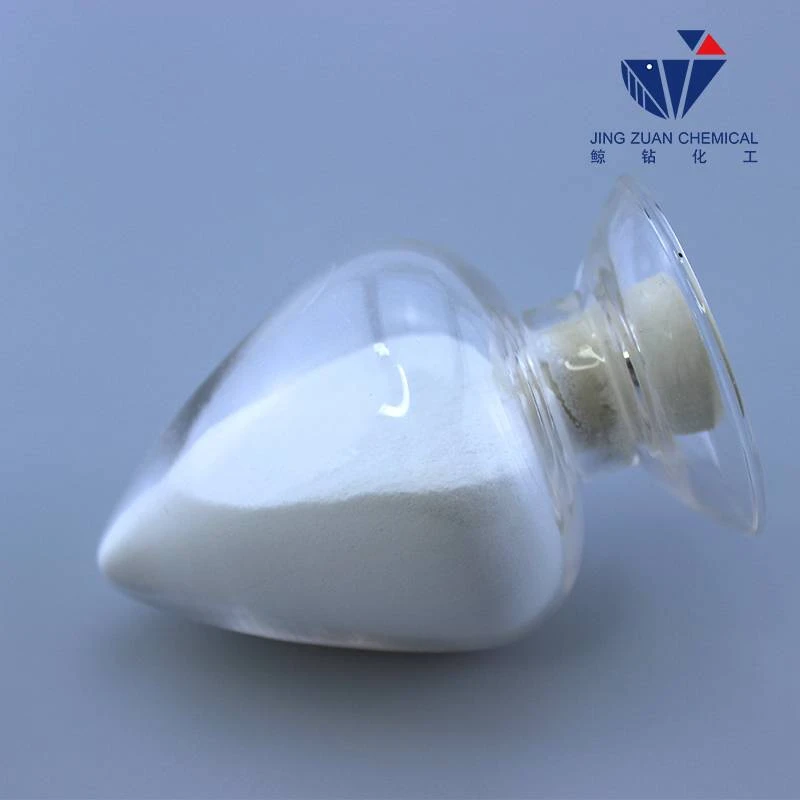
Dec . 14, 2024 19:51 Back to list
Understanding the Potential Side Effects of HPMC in Various Applications
Understanding HPMC Side Effects What You Need to Know
Hydroxypropyl Methylcellulose (HPMC) is a versatile compound commonly used in various industries, including pharmaceuticals, food, and construction. As a non-ionic cellulose ether, HPMC serves multiple functions, such as a thickening agent, emulsifier, and film-forming agent. Although HPMC is generally recognized as safe and is widely utilized, like any substance, it may pose some side effects, especially when used in higher concentrations or by sensitive individuals.
What is HPMC?
HPMC is derived from cellulose, a natural polymer found in plant cell walls. Its modifications with hydroxypropyl and methoxy groups result in a compound that is soluble in water and has excellent binding and thickening properties. In the pharmaceutical industry, it is often used in drug formulations, especially in controlled-release systems. In cosmetics and food, HPMC acts as a stabilizer, emulsifier, and thickening agent, enhancing product consistency and performance.
Common Side Effects of HPMC
While HPMC is considered safe for most individuals, some may experience side effects, particularly if they have allergies or sensitivities to cellulose derivatives. Here are a few potential side effects associated with HPMC
1. Gastrointestinal Issues Some individuals may experience gastrointestinal discomfort, including bloating, gas, or diarrhea, particularly when consuming products containing large amounts of HPMC. This can occur due to HPMC’s thickening properties, which may affect the gut flora or movement, leading to discomfort.
2. Allergic Reactions In rare cases, some people may experience allergic reactions to HPMC. Symptoms can include itching, rash, swelling, or difficulty breathing. Individuals with known cellulose allergies should avoid products containing HPMC and consult a healthcare provider for alternatives.
3. Eye Irritation When used in formulations for eye drops or other ocular uses, improper concentration or contamination can lead to transient eye irritation. As a precaution, it is essential to use HPMC-containing eye products as directed and avoid contact with unclean materials.
hpmc side effects

4. Skin Irritation Topical products containing HPMC may cause skin irritation in sensitive individuals. Symptoms might include redness, itching, or a burning sensation. Conducting a patch test before using a new product can help determine if one is sensitive to HPMC.
5. Interactions with Medications HPMC can affect the absorption of certain medications due to its thickening properties. Patients who are on medication should consult with their healthcare provider to evaluate any potential interactions.
Recommendations for Safe Use
To minimize the risk of side effects, users of HPMC should adhere to the following recommendations
- Consult Healthcare Professionals Before introducing HPMC-containing products into your regimen, especially if you are pregnant, nursing, or have pre-existing health conditions, consult with a healthcare provider. - Patch Testing For topical applications, conduct a patch test to identify any potential allergic reactions. Apply a small amount of the product to an inconspicuous area of skin and monitor for any adverse effects over 24 hours.
- Read Labels Carefully read ingredient labels and product information. Look for any advisories or contraindications regarding the use of HPMC.
- Start with Small Amounts If you are new to products containing HPMC, start with small amounts to gauge your body’s response before increasing dosage or frequency.
Conclusion
HPMC is a valuable ingredient across various applications, known for its safety and effectiveness. However, awareness of potential side effects is crucial for safe usage. By understanding the risks and following recommended precautions, users can enjoy the benefits of HPMC while minimizing any adverse effects. As with any compound, staying informed and consulting professionals when necessary will ensure a safer experience with HPMC-containing products.
-
Versatile Hpmc Uses in Different Industries
NewsJun.19,2025
-
Redispersible Powder's Role in Enhancing Durability of Construction Products
NewsJun.19,2025
-
Hydroxyethyl Cellulose Applications Driving Green Industrial Processes
NewsJun.19,2025
-
Exploring Different Redispersible Polymer Powder
NewsJun.19,2025
-
Choosing the Right Mortar Bonding Agent
NewsJun.19,2025
-
Applications and Significance of China Hpmc in Modern Industries
NewsJun.19,2025







